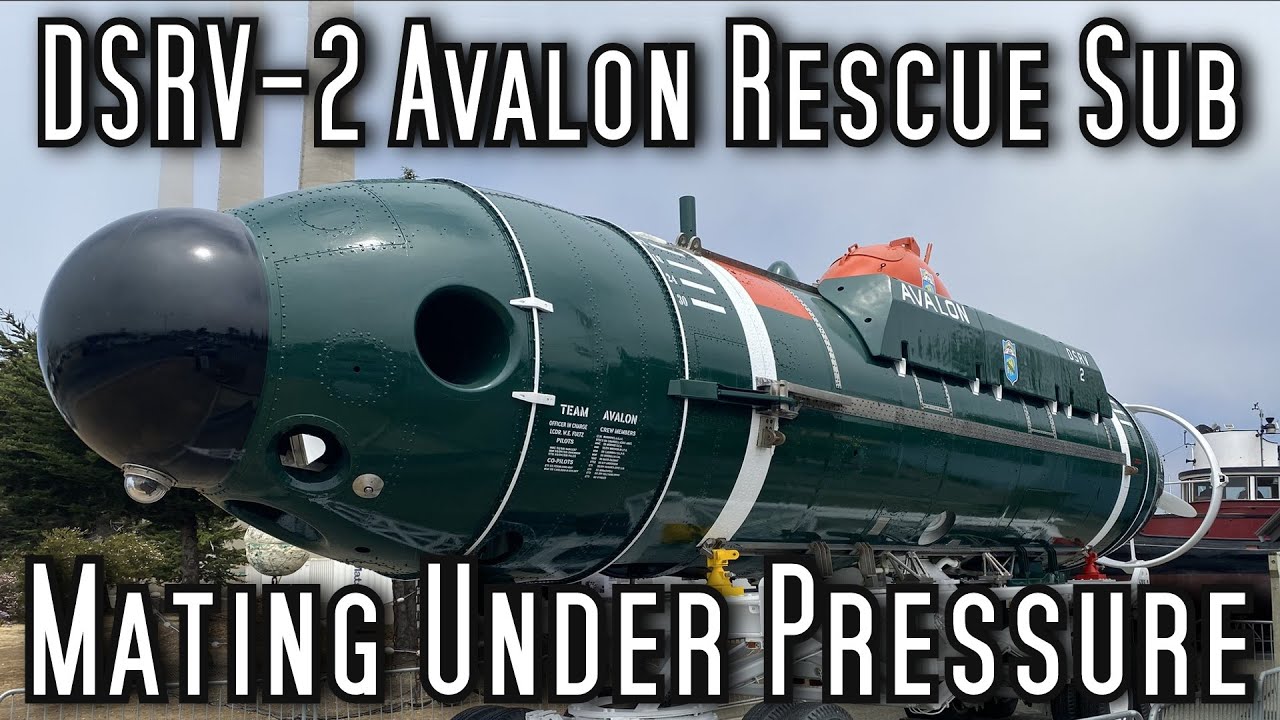After the loss of U.S. nuclear-powered attack submarine USS Thresher in 1963, the U.S. Navy undertook development of capabilities to rescue the crew of a disabled submarine deep in the ocean. While Thresher was lost in a catastrophic accident in waters deeper than its hull’s crush depth, in cases where an intact submarine was stranded on the bottom, unable to surface, the lack of a means to rescue the crew was considered unacceptable.
In 1965, a Deep Submergence System Project was launched to develop rescue craft, and Lockheed was selected to develop a rescue submarine, with a prototype launched in 1967. In 1970, the first production model, DSRV-1 Mystic, was launched, followed by DSRV-2 Avalon. Only two vessels of the type were built of an originally planned 12.
The DSRV system is designed so it can be transported by air to a base near the stricken submarine, carried to the site of the accident by a mother ship, which can be either a surface ship or submarine, and then descend, locate the disabled sub, dock to its hatch, and ferry the crew to the surface in groups of 24 per trip. Crew of the DSRV consists of two pilots, who operate the sub via a computer control system, and two rescue personnel. The ability of a submarine to serve as the DSRVs mother ship allows it to perform rescues of submarines disabled beneath the polar ice pack.
The two DSRVs were in service with the U.S. Navy from 1971 to 2008, when they were retired in favour of the Submarine Rescue Diving Recompression System, an unmanned vehicle, which remains in service today. The DSRVs were never called upon to perform a submarine rescue mission, but their capability was demonstrated in training and practice missions.
